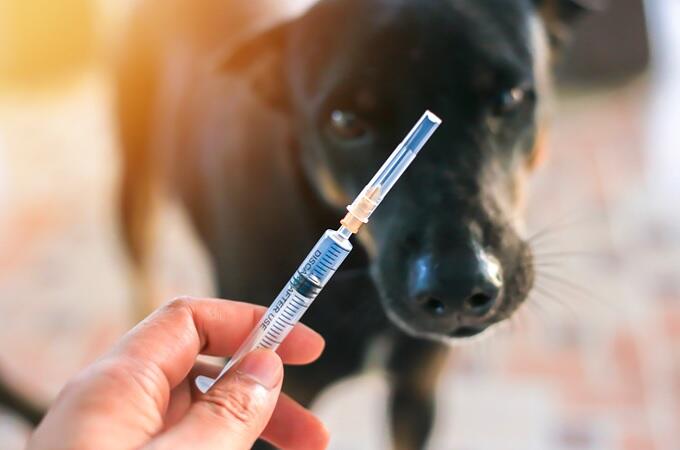A research group led by Professor Akira Nishizono and Assistant Professor Nobuo Saito (Associate Professor at the Kenya Research Station of the Institute of Tropical Medicine at Nagasaki University) from the Department of Microbiology, Faculty of Medicine, and the Research Center for Global and Local Infectious Diseases at Oita University conducted a 3-year prospective patient registry study in the Philippines. As it has been unknown which animal is primarily responsible for transmitting rabies to humans, the study was conducted to identify the primary causal animal. The study revealed that puppies, rather than adult dogs, are the primary causal animals. The research group strongly proposed to review puppy vaccination programs worldwide. The study was published in Frontiers in Microbiology.

In the Philippines, 200−300 people die annually from rabies. The COVID-19 pandemic has led to a decline in rabies vaccination rates in animals and a further increase in rabies outbreaks. Currently, more than one million people in the Philippines receive rabies vaccination annually to prevent the onset of rabies after animal bites, resulting in a very large economic burden. No detailed studies on human rabies cases had been conducted to date, and details such as the age of causal animals were not known. In response to this need, the research group conducted a detailed study on the sources of infection in the Philippines.
When a suspected rabies patient was brought to the hospital, the research team was notified, visited the hospital, and contacted the patient and family for a questionnaire survey. After 3 years of these steady activities, 151 patients with rabies were enrolled in the study. This prospective study enrolled the largest number of patients with rabies.
Among the 133 patients with a definite or probable/possible rabies-related bite history, dogs were identified as the causal animals in 129 cases, followed by cats in 4 cases. Most of these animals were owned by the patients' households (51 patients) or neighbors (29 patients). Of the 68 dogs with recorded ages, the majority were puppies, with 27 (39.7%) aged less than 3 months and 13 (19.1%) aged 4−11 months. In many cases, the causal animals were found dead within 10 days after the bite incidence. Of the animal bites, 42.1% were on the hands and 12.8% were on the head or neck. There were a few cases in which rabies was transmitted through scratches or licking wounds. Of the 131 patients bitten, 124 (93.2%) received neither vaccine nor rabies immunoglobulin (RIG) and 115 of these patients did not visit a medical facility for postexposure prophylaxis (PEP).
The study showed that primary causal animals for human rabies were household pets, with most being puppies. This is consistent with results of a previous large-scale study on animal rabies conducted in the Philippines by the research group. This finding suggests a problem with the current rabies vaccination programs for puppies, and the research group advocates the need for an immediate review of vaccination programs. Furthermore, the study revealed that the most common reason for not receiving prophylaxis after the animal bite incidence was the self-judgment that treatment was considered unnecessary because bite injuries were mild; however, this misconception led to death from rabies in many cases. Rabies is widespread throughout the world. Japanese travelers to endemic countries should be especially careful.
In 2019, a Norwegian woman visiting the Philippines died of rabies after being bitten by a puppy she saved. In the event of an animal bite, it is important to immediately wash the bite site for at least 15 minutes and visit a local animal bite outpatient clinic, even if the bite is minor. Moreover, rabies vaccination and RIG administration can significantly reduce the risk for rabies because these measures are almost 100% effective in preventing the onset.
Nishizono said, "It is of capital significance that the majority of causal animals were found to be puppies, which have not been recognized as vectors responsible for deaths from rabies. In endemic areas, stay alert to even puppies and do not approach animals unnecessarily. If you are bitten, you must seek medical attention, regardless of the severity of the wound."
Journal Information
Publication: Frontiers in Microbiology
Title: Puppies as the primary causal animal for human rabies cases: three-year prospective study of human rabies in the Philippines
DOI: 10.3389/fmicb.2024.1425766
This article has been translated by JST with permission from The Science News Ltd. (https://sci-news.co.jp/). Unauthorized reproduction of the article and photographs is prohibited.




